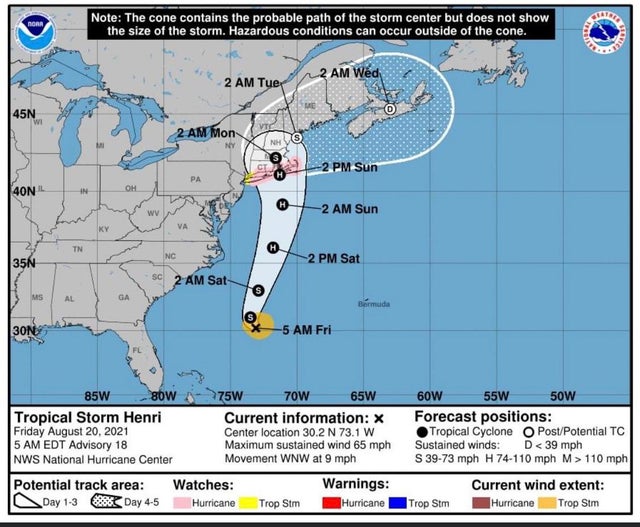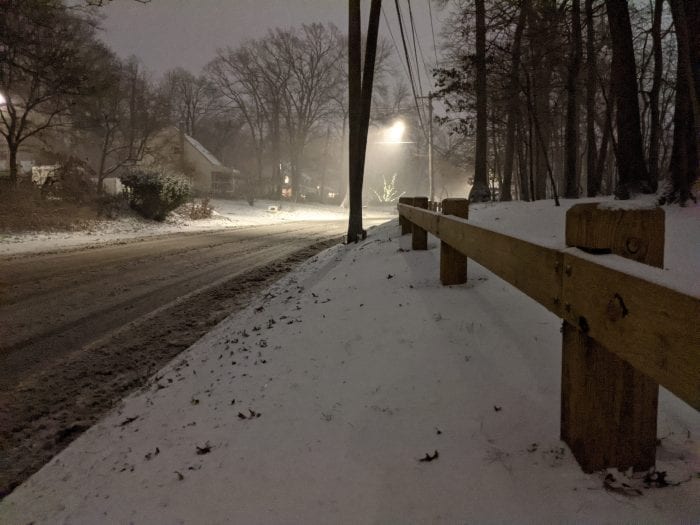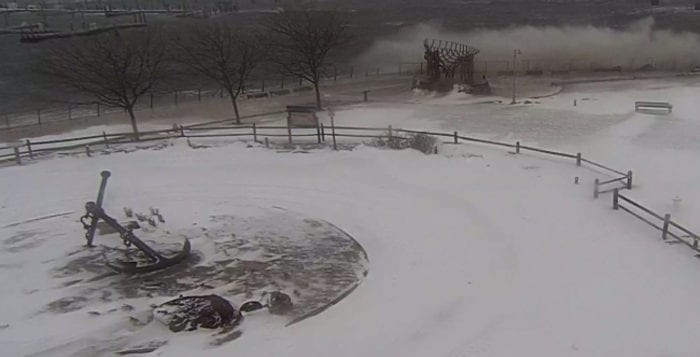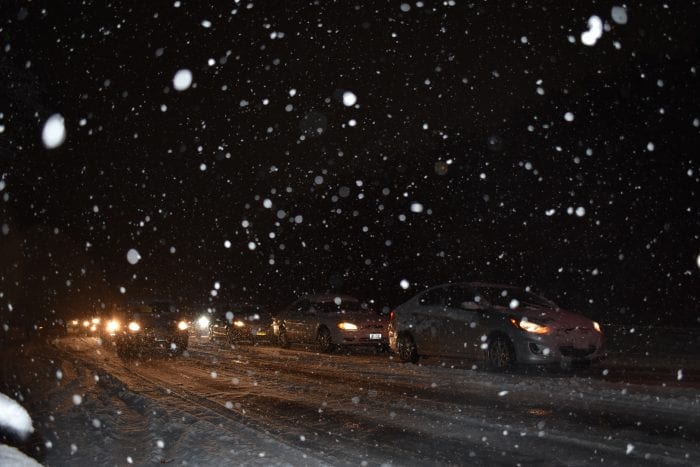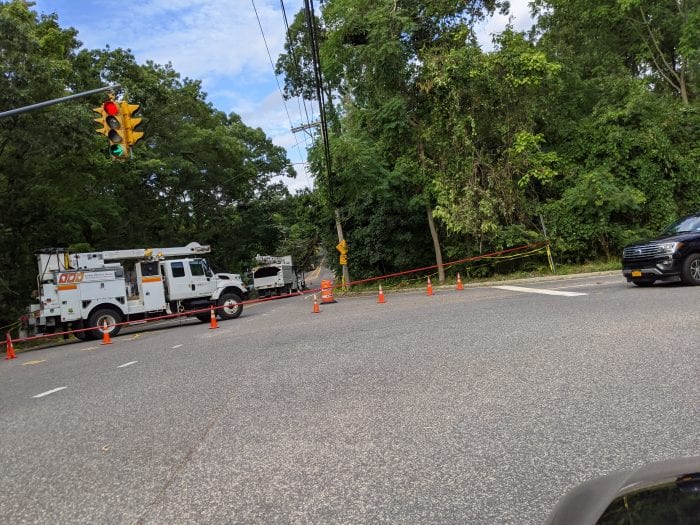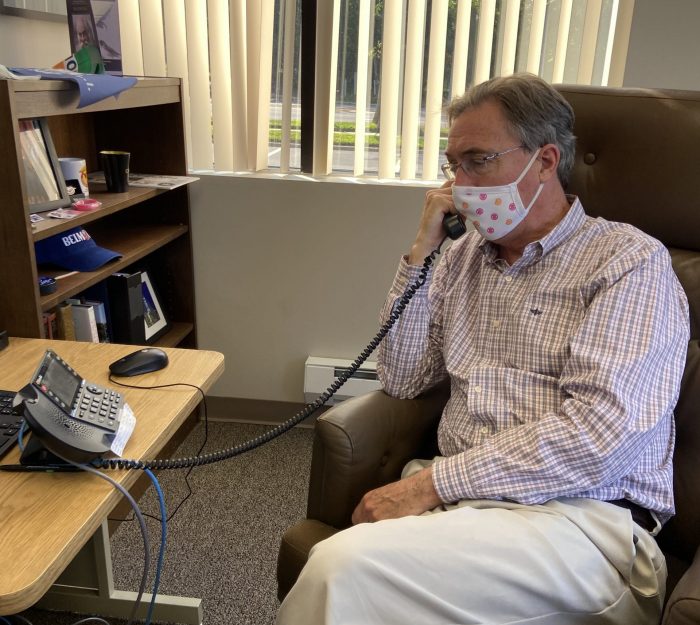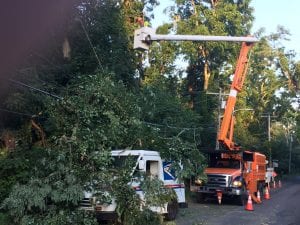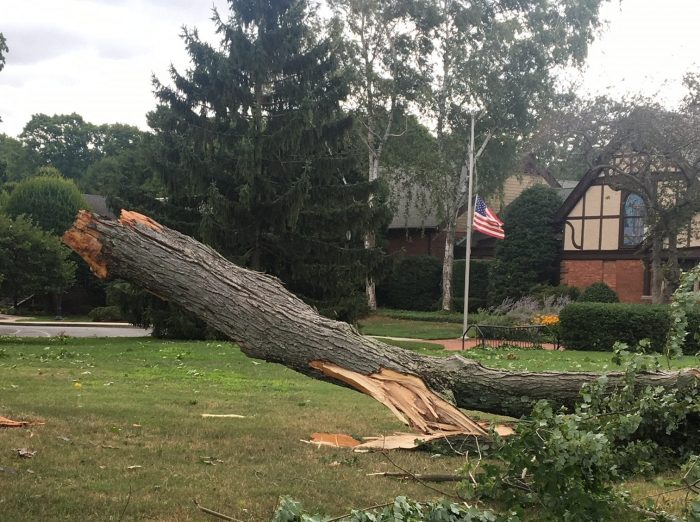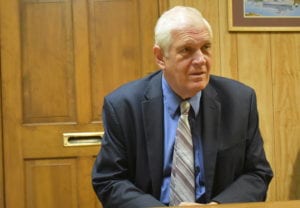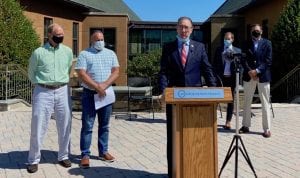PSEG Long Island continues to monitor the impending storm. Tropical Storm Henri is intensifying to a Category 1 hurricane as it continues up the coast to Long Island. As of 8 a.m. today, the weather system is forecasted to bring heavy rains and high winds with peak gusts ranging from 30 to 35 mph in western areas and 50 to 65 mph on the east end of Long Island beginning Sunday morning. Given the potential intensity of the storm, some outages may last up to seven to 10 days. The eastern end of Long Island is expected to experience the most severe weather and impact.
PSEG Long Island is performing system checks and ensuring extra supplies are on hand, including poles and transformers preparing for potential outages.
“We continue to monitor the track of Tropical Storm Henri,” said Michael Sullivan, senior director of Transmission & Distribution at PSEG Long Island. “As the storm makes its way up the coast, employees are preparing for the possibility of high winds that can cause flying debris, and bring down trees and power lines. We encourage our customers to do the same at their homes and businesses.”
PSEG Long Island has personnel ready to respond safely and as quickly as possible throughout the storm. Additionally, more than 1,200 line workers, tree trimmers, surveyors and other utility personnel from both local and off-Island resources are being procured to work alongside PSEG Long Island’s highly trained line personnel.
In addition to having additional personnel and equipment at the ready, PSEG Long Island has strengthened the electric grid to better withstand extreme weather and allow for faster power restoration, including elevating a number of substations above flood level in preparation for this kind of severe weather.
PSEG Long Island’s employees have been working continuously for the past seven years to make the electric infrastructure more resilient to extreme weather. From storm hardening upgrades to ongoing enhanced tree maintenance, the company’s proactive work allows the system to better withstand extreme weather.
COVID-19-related storm processes have been adjusted to continue to keep the health and safety of employees and customers at the forefront, even during these unusual times.
As part of their physical distancing protocols, they ask that customers remain in their homes when crews are working nearby. If customers must speak with the crews, they ask that they practice responsible physical distancing and remain at least 6 feet away to ensure the health of everyone involved. For more information about how PSEG Long Island continues to live up to its commitments during the pandemic, please visit www.psegliny.com/covid19.
During this storm, if necessary, PSEG Long Island may use an enhancement to our outage communications process. With this enhancement, customers contacting the Call Center early in the storm will receive a message that personnel are assessing conditions, rather than an estimated time of restoration (ETR). This change will allow crews to assess storm impact before issuing ETRs, thereby increasing the accuracy of the ETR information being provided. For more information about this new process visit https://www.psegliny.com/outages/estimatedrestorationtimes.
Customers should prepare, be cautious and stay alert to their surroundings during and after storms. Review storm preparation tips at https://www.psegliny.com/safetyandreliability/stormsafety.
Stay connected:
- Download the PSEG Long Island mobile app to report an outage and receive information on restoration times, crew locations and more.
- To report and receive status updates via text, text OUT to PSEGLI (773454) or visit us online at www.psegliny.com/outages
- To report an outage or downed wire call PSEG Long Island’s 24-hour Electric Service number: 800-490-0075.
- Follow PSEG Long Island on Facebook and Twitter to report an outage and for updates before, during and after the storm
- View PSEG Long Island’s outage information across Long Island and the Rockaways online at https://mypowermap.psegliny.com

